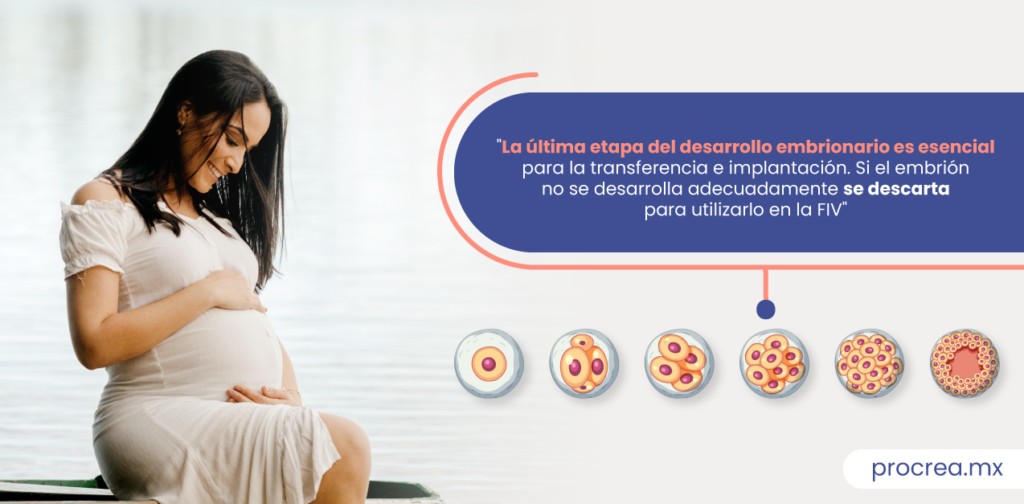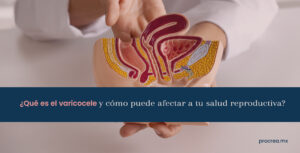- embryonic development. is crucial in assisted reproductive treatments, as there are different stages that embryos go through to select the highest quality ones with the highest probability of implantation. Let us explain these stages so you can become familiar with the development your future baby will go through.
What is embryonic development.?
is the process that an embryo goes through from the moment of fertilization until it becomes a fetus and continues until birth. In Assisted Reproduction , the process begins with a mature egg that can be microinjected with a spermatozoon to develop an embryo. It is important to know the stages of how a fertilized egg develops into a blastocyst for transfer to the uterus in an In Vitro Fertilization (IVF).
Recognize Embryonic Stages
- Zygote: This is the cell created at the moment of fertilization of the egg with the sperm and contains the genetic material (DNA). These eggs are obtained through ovarian stimulation in IVF, and around 18 hours are waited to confirm fertilization.
- Embryo: On the second day after fertilization, cell division begins. The zygote gives rise to two cells, which in turn divide into two, and so on until there are eight cells to create the embryo.
- Morula: At approximately the fourth day, the embryo contains a high number of cells, which is called a morula, as these cells compact together.
- Blastocyst: This is the final stage where the cells have a defined structure, and the membranes and tissues that will maintain the embryo in good condition throughout the pregnancy can be observed. This stage occurs approximately on the 5th or 6th day of culture.
The final stage of embryonic development. is crucial for an embryo to be transferred and implanted in the uterus. If an embryo has not developed properly up to this point, it is discarded for use in IVF.
Naturally, a fertilized egg takes approximately 6 days to reach the appropriate place in the uterus to begin fetal development, so the transfer in assisted reproduction is also done within the same period of time..
What happens after embryo transfer?
- embryonic development. continues, and cells begin to acquire specific functions, resulting in the development of the brain, heart, or spinal cord by the fifth week. Features such as eyes, ears, hands, and feet develop during the sixth and seventh weeks. By the tenth week, it is no longer an embryo but a fetus, measuring about 7 centimeters. Around the 40th week, the embryo is fully developed and ready to be born.
If you are on the journey to pregnancy or want to learn more about the topic, reach out to us. We will support you at every step to fulfill your desire to have your baby.















